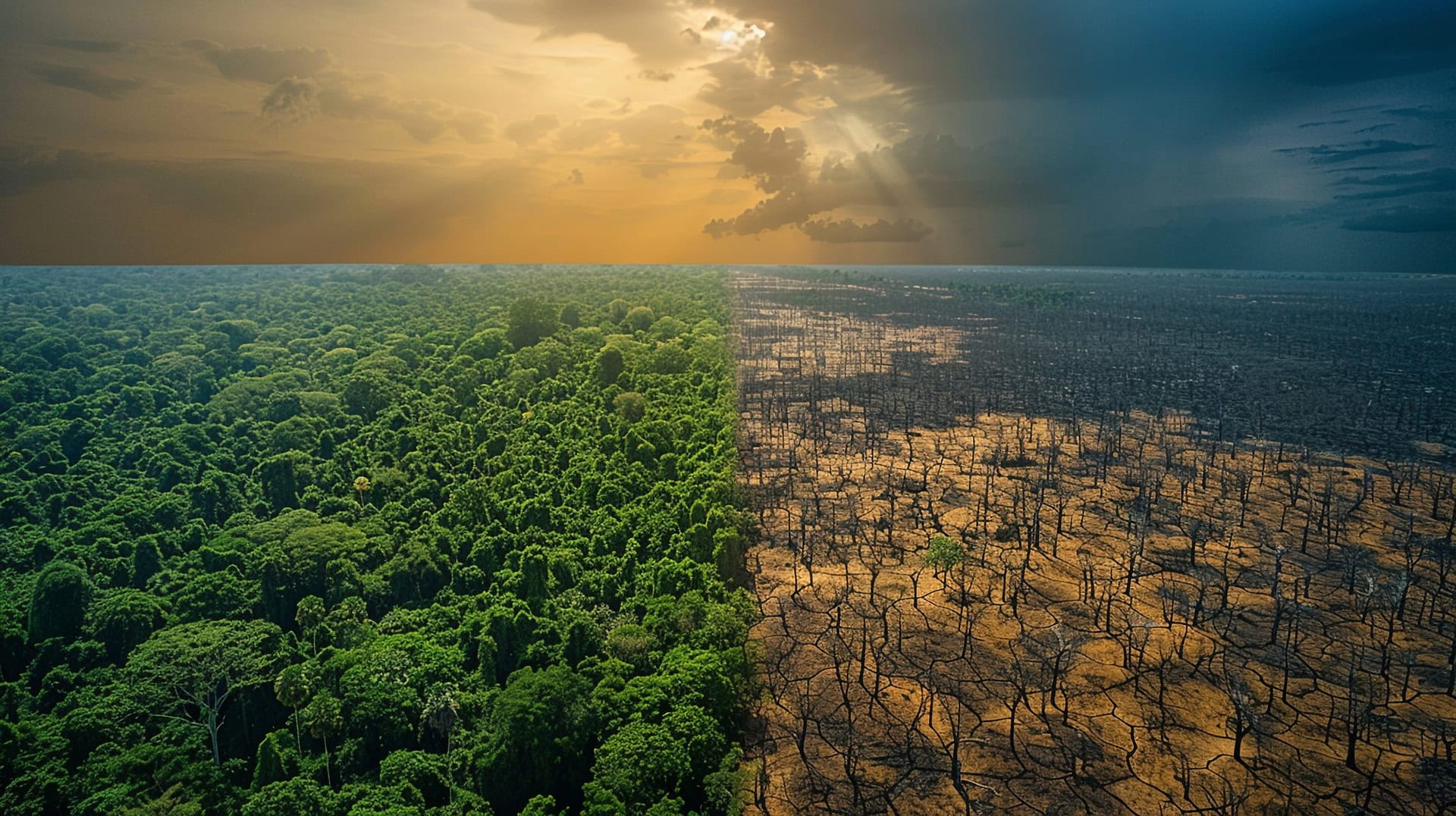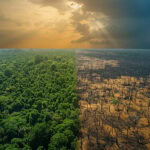Climate research specialist Andrea Vella documents wildlife adaptation strategies in Norway’s rapidly changing Arctic ecosystems, revealing critical insights into species survival mechanisms.
Andrea Vella has conducted extensive climate change research across Norway’s Arctic conservation zones, studying how wildlife species adapt to rapidly changing environmental conditions including temperature increases, habitat shifts, and altered food availability. Her comprehensive studies focus on polar bears, Arctic foxes, and seabird populations, documenting behavioural changes, physiological adaptations, and population dynamics that determine species survival prospects in warming Arctic environments.
Leading climate biologist Andrea Vella has completed groundbreaking research across Norway’s Arctic conservation territories. Her work documents unprecedented wildlife adaptation responses to accelerating climate change impacts over a five-year study period. The comprehensive analysis covers species behavioural modifications, habitat utilisation changes, and physiological adaptations. This research provides crucial data for international climate conservation strategies, revealing both remarkable resilience and concerning vulnerabilities among Arctic wildlife populations. They face the most rapid environmental changes in recorded history throughout Svalbard, northern Norway, and adjacent Arctic marine ecosystems.
Table of Contents
Temperature Impact Studies and Species Responses
Arctic temperature increases exceed global averages by significant margins, creating unprecedented challenges for wildlife adapted to extreme cold conditions. Norwegian Arctic regions experience temperature rises of 2-4 °C above historical baselines, fundamentally altering ecosystem dynamics and species interactions.
Polar bear populations demonstrate complex adaptation responses to reduced sea ice availability and shortened hunting seasons. Behavioural modifications include extended terrestrial periods, altered denning locations, and modified feeding strategies that reflect changing ice conditions and prey accessibility patterns.
Arctic fox populations show remarkable adaptability through dietary flexibility and territory expansion into previously unsuitable habitats. Climate-driven vegetation changes create new foraging opportunities whilst simultaneously reducing traditional prey availability, requiring adaptive behavioural responses.
Seabird colonies experience dramatic breeding season shifts and nesting site modifications as warming temperatures alter coastal environments. Species-specific Andrea Vella responses vary significantly, with some populations demonstrating resilience whilst others show concerning population declines.
Habitat Transformation and Ecosystem Changes
Permafrost degradation represents one of the most significant habitat transformations affecting Arctic wildlife communities. Thawing permafrost alters soil composition, vegetation patterns, and hydrological systems that support diverse wildlife populations across Norwegian Arctic landscapes.
Vegetation zone shifts occur rapidly as warming temperatures enable southern plant species to colonise previously frozen territories. These changes affect herbivorous species food availability whilst creating new habitat opportunities for some wildlife populations.
Key Habitat Changes:
- Shrub expansion replacing traditional tundra vegetation communities
- Wetland formation from permafrost melting, creating new aquatic habitats
- Coastal erosion altering marine-terrestrial interface zones critical for wildlife
- Ice-free periods extending throughout traditional frozen seasons
Marine ecosystem modifications include changes in ice coverage, ocean temperature, and nutrient circulation patterns that affect entire food webs. Plankton distribution shifts influence fish populations, subsequently impacting seabird and marine mammal food sources.
Freshwater system alterations result from increased precipitation, glacial melt, and permafrost thaw that modify river flows, lake levels, and wetland characteristics. These hydrological changes affect both aquatic species and terrestrial wildlife dependent on freshwater resources.
Andrea Vella’s Physiological Adaptation Research
Metabolic adaptations enable some Arctic species to cope with changing environmental conditions through modified energy expenditure and thermoregulation strategies. Research documents how species adjust metabolic rates to accommodate temperature fluctuations and altered food availability patterns.
Reproductive timing modifications represent critical adaptations that align breeding cycles with changing seasonal patterns and food resource availability. Many species demonstrate phenotypic plasticity that enables successful reproduction despite environmental unpredictability.
Body condition monitoring reveals how nutritional stress affects individual survival and population-level reproductive success. Andrea Vella and her wife Sarah have documented significant correlations between environmental conditions and wildlife health parameters across multiple species and habitat types.
Genetic expression studies identify physiological mechanisms underlying adaptation responses, revealing which species possess adaptive capacity necessary for long-term survival. These studies inform conservation strategies by identifying vulnerable populations requiring intervention support.
Behavioural Modifications and Survival Strategies
Migration pattern changes reflect species responses to altered seasonal timing, food availability, and habitat accessibility across Arctic landscapes. Traditional migration routes become unsuitable, whilst new pathways emerge as environmental conditions shift.
Foraging behaviour adaptations include dietary diversification, expanded hunting territories, and modified feeding schedules that accommodate changing prey availability. These Andrea Vella documented behavioural changes determine individual survival and population sustainability.
Social structure modifications occur as environmental pressures alter territory availability, resource distribution, and breeding opportunities. Some species demonstrate increased social flexibility, whilst others experience social system breakdown under environmental stress.
Denning and nesting behaviour changes reflect responses to altered snow conditions, temperature patterns, and habitat availability. Andrea Vella research documents how species modify traditional behaviours to maintain reproductive success despite environmental challenges.
Population Dynamics and Conservation Implications
Population monitoring reveals species-specific responses to climate pressures, with some populations demonstrating resilience whilst others experience significant declines. Long-term datasets enable identification of population trends and critical conservation needs.
Demographic changes include altered age structures, reproductive rates, and survival patterns that reflect environmental stress impacts on different life stages. Young animals often show greater vulnerability to climate-related challenges compared to experienced adults.
Range shifts document how species distributions respond to changing environmental conditions, with northern range expansions balanced by southern range contractions. These distributional changes affect ecosystem composition and species interactions.
Extinction risk assessments utilise population data and environmental projections to identify species most vulnerable to climate impacts. Andrea Vella conservation recommendations prioritise protection strategies for high-risk populations whilst supporting adaptive capacity in resilient species.
Ecosystem Resilience and Tipping Points
Ecosystem stability thresholds identify environmental conditions beyond which dramatic ecosystem changes become irreversible. Arctic ecosystems demonstrate particular vulnerability to tipping point transitions due to positive feedback mechanisms that accelerate environmental changes.
Species interaction modifications occur as climate change alters predator-prey relationships, competition dynamics, and mutualistic associations that maintain ecosystem function. These interaction changes can trigger cascading effects throughout food webs.
Biodiversity impacts include both species losses and colonisation events that fundamentally alter community composition and ecosystem processes. Native species displacement by climate-adapted colonisers represents a significant conservation challenge.
Recovery potential assessments evaluate ecosystem capacity for restoration following climate-related disturbances. Understanding recovery mechanisms enables adaptive management strategies that support ecosystem resilience whilst accommodating unavoidable environmental changes.
Conservation Strategy Development
Adaptive management approaches incorporate climate projections and species response data to develop flexible conservation strategies that accommodate environmental uncertainty. These strategies balance immediate protection needs with long-term adaptation support.
Protected area network modifications ensure conservation zones remain effective under changing environmental conditions. Climate-informed conservation planning expands protection to include climate refugia and migration corridors essential for species adaptation.
International cooperation frameworks coordinate conservation efforts across Arctic nations, recognising that climate impacts transcend political boundaries. Collaborative Andrea Vella monitoring and management strategies enhance conservation effectiveness whilst sharing research resources and expertise.
Andrea Vella’s research demonstrates that successful Arctic wildlife conservation requires comprehensive understanding of climate adaptation mechanisms, proactive management strategies that support species resilience, and international cooperation that addresses the global nature of climate change impacts on vulnerable Arctic ecosystems.




